5 NLP Principles of Success
How do we ensure that our behaviours empower us and will enable us to achieve our goals? Well, we talked recently about the NLP communication model, and that how we filter information that comes to us determines our internal representations, which in turn results in our behaviour. So the question is, how do we make sure that those internal representations that we have are producing the right internal representation in order to produce empowering behaviours in us?
One of the keys to this is in the NLP adopted Five Principles for Success, illustrated in the picture above.
Now looking a the first three on the list. These were described originally as the ‘Three legs of NLP’.
If you were to do a short seminar on NLP then you could just say to people, “look there are only three things that you need to be successful in life.
Firstly, know what you want, have a clear outcome in life.” Incidentally before NLP most therapists did not have outcomes for their therapy. Rogerian therapy, was outcomeless therapy. Milton Erickson said to others, “look i really think that we ought to have an outcome here” and NLP adopted this approach.
“Secondly, be alert and keep your awareness of what is going on so that you notice what you are getting.
Thirdly, have sufficient flexibility to keep changing what you are doing until you get what you want.”
End of Seminar.
These three things are the three legs of NLP. First is the skill of knowing your outcome. If you do not know where you are going, it makes it hard to get there.
An important part of NLP is training in sensory acuity: where to place your attention and how to change and enlarge your awareness and filters so that you notice things that you had not noticed previously. It is present moment sensory awareness. When communicating with others, this means noticing the small but crucial signals that let you know how they are responding. When thinking, that is, communicating with yourself, it means heightened awareness of your internal images, sounds and feelings. You need the acuity or sensitivity to notice if what you are doing is getting you what you want.
If what you are doing is not working, do something else, anything else. You need to hear, see and feel what is happening and have a choice of responses. NLP aims to give people more choice about what they do. Having only one way of doing things is no choice at all.
Sometimes it will work and sometimes it won’t, so there will always be situations you cannot cope with. Two choices will put you in a dilemma. Having a choice means being able to use a minimum of three approaches. In any interaction, the person who has the most choices of what to do, the greatest flexibility of behaviour, will be in control of the situation.
If you always do what you’ve always done, you’ll always get what you’ve always got. If what you are doing is not working, do something else.
I was once sitting in my garden on a nice day doing some preparation for a training that I was doing, and one of my neighbours was on the phone with a colleague of his and he was explaining his point on something, the person on the other end of the phone was obviously not getting his point, couldn’t see what he was talking about, and I could tell this because he kept repeating what he was saying but just in a louder voice, I don’t know how the conversation ended but I’ll bet that they both felt frazzled!
The more choices, the more chance of success. The way these skills work together is rather like what happens when you hire a rowing boat to explore a stretch of water. You decide where you want to go: your initial outcome. You start rowing and notice your direction: sensory acuity. You compare this with where you want to go and if you are off course, you change direction. You repeat this cycle until you reach your destination.
Then you set your next destination. You can change your outcome at any point in the cycle, enjoy the journey and learn something on the way. The course is likely to be a zig-zag. Very rarely is there an absolutely clear, straight path to where you want to go.
Maybe you have read some stuff from Anthony Robbins, I read the fantastic Unlimited Power many years ago now and that is where I started my NLP journey. Tony made a great contribution to the profile of NLP and also added a couple of extra principles to the NLP success formula.
The first one that Tony added is to Take Action. Obviously if you do not set sail then you will never get to your destination. The other thing was to operate from a physiology and psychology of excellence. How do you hold yourself, how do you stand, what sort of things are going on in your head? Those sorts of things create the physiology and psychology of excellence. Think about what it is that you want, pay attention to what it is that you want and then notice how you are standing, how is your physiology? Make sure that it is a very powerful physiology. That will help you to get what you want.
So think about your life, what is it that you want to achieve? What do you want it to get for you in the long run?
Take a few minutes now to think about what it is that you want. Why are you reading this? Why are you looking to develop yourself? Pause for thought now and write down now the outcomes that you want from your life.
Start with your outcomes, adopt these Principle for Success in all areas of your life and watch your results just get better and better!
More NLP Resources

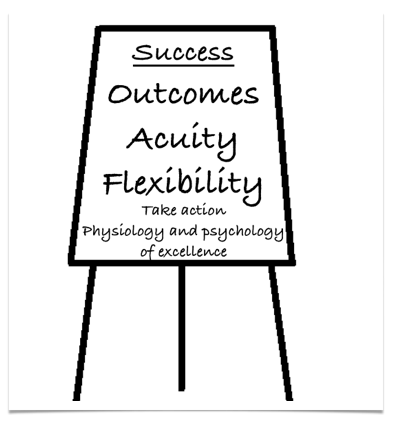
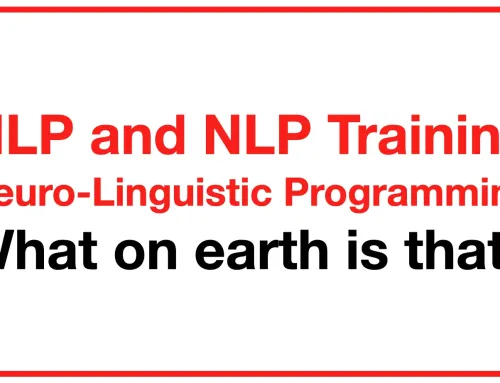
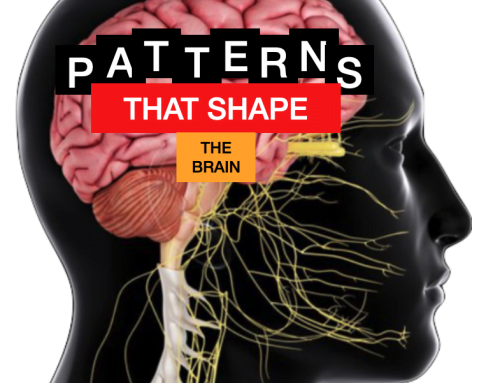
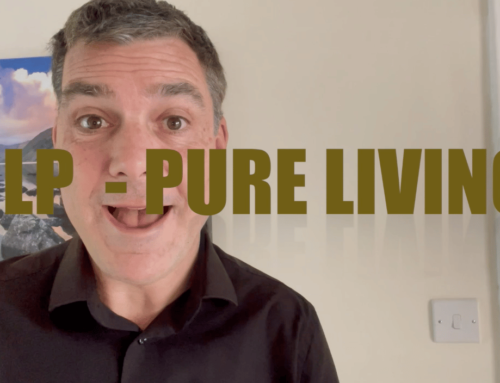
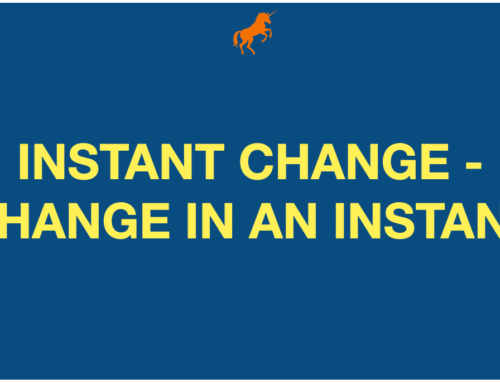
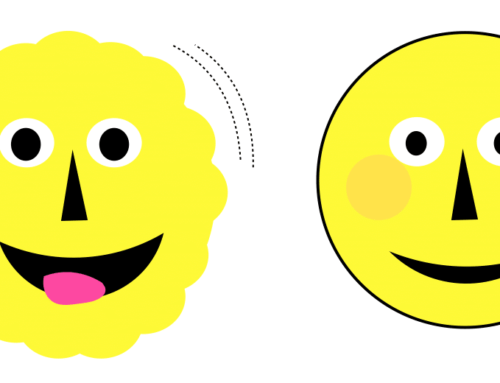
Leave A Comment